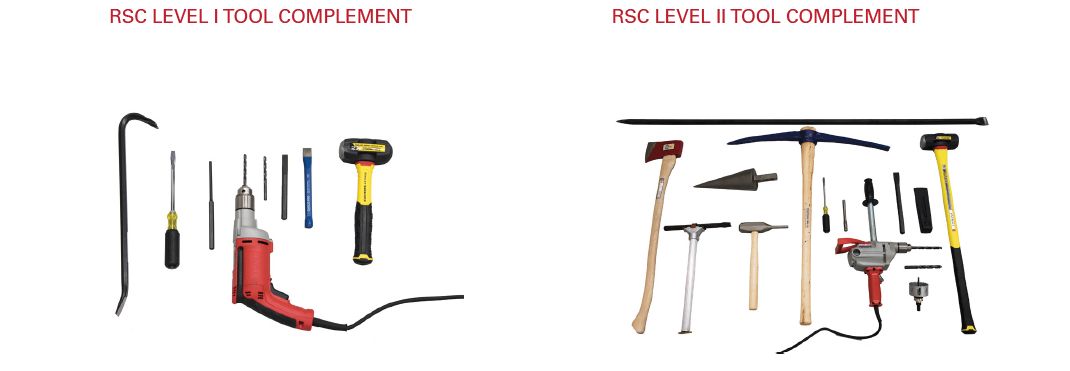
FREE SHIPPING
*On Orders Over $250We Call Within 48 Business Hours to Confirm Order
FREE SHIPPING
*On Orders Over $250We Call Within 48 Business Hours to Confirm OrderThere's no way to sugar coat that. These are not big-box-store inexpensive safes that can be opend with a magnet, coat hanger, or can opener.
High security RSC, TL15 & TL30 safes are constructed using a variety of materials and techniques designed to make them as secure as possible. They are designed to withstand a wide variety of attacks, including drilling, prying, power tools and other physical attacks.
Some of the key features of RSC, TL15 safes & TL30 safes include:
High security safes are defined as safes that have a UL Burglary Rating of RSC, RSCII, TL15, TL30 and TL30X.
These are some of the most secure safes on the market today. They are designed to protect the content you put in them such as cash, jewelry, metals and documents.
Anyone storing over $20,000 in content. There's no point in protecting your high dollar valuables with a cheap safe. You might as well hide the items under your mattress.
In many cases, insurance companies will require a high security safe in order to insure the content of that safe.
Some of the most common applications for these safes include:
Safe burglary ratings are used by Underwriters Laboratories (UL), for an independent certification of a safe's ability to withstand certain attacks, for specified lengths of time.
An important thing to remember is that all tests are performed by a safe expert with blueprints of the safe available, and that the time the safe is being rated for is actual "tool on safe" time.
The myth, for example is that an RSC safe can be broken into in just 5 minutes since the RSC rating is for 5 minutes. This can't be further from the truth. The actual attempted break in time may take several hours! The safe engineer performing the test studies the blueprints for the safe, attacks, evaluates progress, regroups and attacks the high security safe again. This is a known safe engineering expert, with knowledge of exactly how to find a safe's weakness. Professional locksmiths who drill safes for a living, will not breach a high security safe this quickly. It can take hours.
To achieve these ratings, a safe must undergo rigorous testing procedures designed to evaluate the resistance against various methods of forced entry, such as drilling, prying, impact, and manipulation attacks. All ratings are conducted on the door of the safe. The tools used in testing are:
Hand tools: Such as screwdrivers, hammers, chisels, and pry bars to attempt to force open the safe or bypass its locking mechanism.
Power tools: Power tools like drills, reciprocating saws, angle grinders, and pry bars with hydraulic or pneumatic assistance
Impact tools: Sledgehammers or heavy-duty hammers to assess its ability to withstand brute force attacks.
Lock manipulation: Experts may attempt to manipulate the safe's lock mechanism using specialized tools such as lock picks, tension wrenches, or other manipulation devices to test its vulnerability to lock manipulation techniques.
The term "RSC" stands for "Residential Security Container." An RSC rated safe is a safe that can withstand being attacked by an expert for a total of 5 minutes (tool-on-safe time) using a variety of common hand and power tools. The tools used in the test include hammers, chisels, adjustable wrenches, pry bars, punches, screwdrivers and a 3/8 hand drill with 1/4 inch drill bit. The hammers cannot exceed 3 pounds and no tool is to exceed 18 inches in length.
You can see our RSC Rated Safes for sale here.
The term "RSCII" stands for the 2nd level of the Residential Security Container rating. An RSCII rated safe can withstand being attacked by two experts for a total of 10 minutes (tool-on-safe time) using the same hand and power tools from the RSC test, plus additional tools. The tools used in the test includes sledge hammers up to 10 lbs, chisels, wrenches, pry bars up to 6', 1/2 hand drill with 1/2 inch drill bits, a 30" pick, 35" axe, carbide hole saw up to 3", and a wedge and log splitter.
The high security RSCII rating is not yet as popular as the RSC. It's currently mostly found in gun safes. You can see our RSCII Rated Gun Safes for Sale here.

Safes given a UL TL-15 rating have passed standardized tests defined in UL Standard 687. The equivalent insurance rating is “ER”.
TL-15 rated safes can withstand an attack from a safe expert for 15 minutes. The tools used in the test include sledge hammers, chisels, wrenches, pry bars up to 6', 1/2 hand drill with 1/2 inch drill bits, a 30" pick, 35" axe, carbide hole saw up to 3", and a wedge and log splitter. The time is measured as actual time spent trying to get into the safes, "tool-on-safe" time.
Additionally, a TL-15 safe meets the following criteria:
You can find our TL-15 rated safes for sale here.
The TL-30 Rating is a high-security rating by Underwriters Laboratory (UL) . It certifies that a professional safe engineer cannot gain entry into the safe for at least 30 minutes of actual time spent trying ("tool-on-safe" time). The tools used in the test include sledge hammers, chisels, wrenches, pry bars up to 6', 1/2 hand drill with 1/2 inch drill bits, a 30" pick, 35" axe, carbide hole saws, cutting wheels, power saws, etc...
Addionally, a TL-30 safe must meet the following criteria (same as the TL-15):
You can find our TL-30 rated safes for sale here.